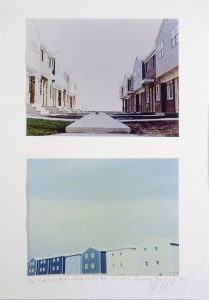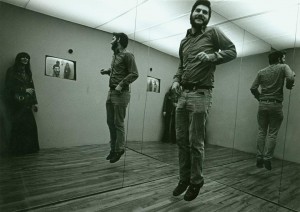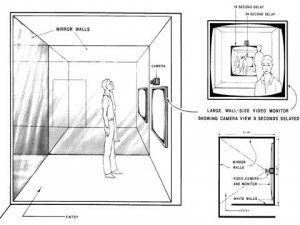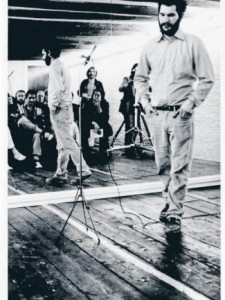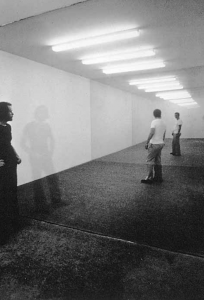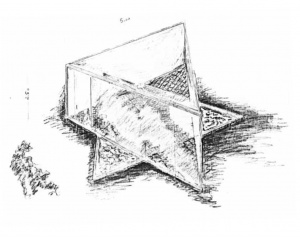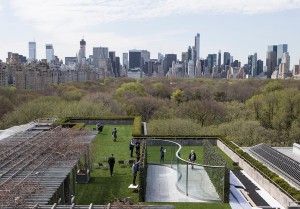Influence of Daniel Graham
As an art dealer, a filmmaker, a performer, a photographer, an art critic, a music producer, a writer, a poet, and the author of a rock opera, Graham is a different kind of artist—one whose ultimate goal is to explore and expose the relationships between the different disciplines that constitute the mechanism of perception in a cultural system. Deeply influenced by the writings of anthropologist Margaret Mead and by psychoanalysis and ideological criticism inherited from the Frankfurt School via Herbert Marcuse, he has over the years produced a body of work that can be seen as an essay on the condition of human life in a postmodern, postindustrial era. Whether his artistic interventions take place in a gallery, between the pages of a magazine, on a stage, in a movie theater, on television, or on the streets, Graham continues to deconstruct, clarify, and expose the nature and condition of an individual’s status and behavior within a public sphere dominated by the logic and integrated spectacle of corporate capital and politics.

